Amongst the various plantations in Wayanad region of Kerala, Rubber plantations were quite popular. Apart from coconut/banana trees & tea/coffee plantations, rubber trees were also in abundance. During our stay at Meenangadi and Bamboo village, we met some of the folks who are into rubber production. This Photo Journey is sharing some interesting facts about rubber plantation and production process. Also some insights about the way this business runs at the lower level.
There are lot of rubber farms all around the Wayanad region. Rubber trees can also be seen in the middle of tea estates.
Notice that trees are cut to make a pathway for natural rubber liquid to come out and get collected in containers hanged around these trees.
Above knife is used to cut these trees. Most of the times the land owners don't work in these farms. They hire families to work in these farms. And the process starts with making cuts on the tree. When I talked to this lady in first photograph, she told us that her family comes to the farm early in the morning at 3am and make these cuts. In a day, 100 trees are treated and in a farm of 500, every tree gets it's turn after 5 days and that the typical frequency to take out natural rubber from trees.
After making these cut, families go back to their house and then return back at around 5-6am and find all the containers full. The natural rubber is collected from all these containers. Depending upon the age of a tree, quality varies.
Then the natural rubber liquid is put in containers shown in above photograph and let it settle for some time. It starts becoming a think layer of rubber.
Then it's passed through above machine, which is used to create rubber sheets of even size.
When sheets are created, there is another machine which is used to create pattern on these sheet. Above machine is used to create patterns on these sheets.
After these rubber sheets are created, they are carefully put to get dry. It's a long process to dry them in the sun. Well dried rubber sheets can fetch more money.
These honey colored rubber sheets are always preferred by agencies who buy these for industrial usage.
While talking to our guide Anoop, we got to know that daily 50-60 rubber sheets can be created from the material collected from 500 rubber trees. One sheet is sold to the agency for 60 Rs. Which essentially means that in a day, 3000 rs is coming to the owner of the farm. People working in these farms usually work on daily basis or charge per sheet. The family working in the farms get 15-20 rs per sheet.
Above photographs has the waste which comes out of containers tied with rubber trees. These are also used to create sheets but it seems that lot of processing is needed and those sheets fetch lesser money.
You may also want to check -




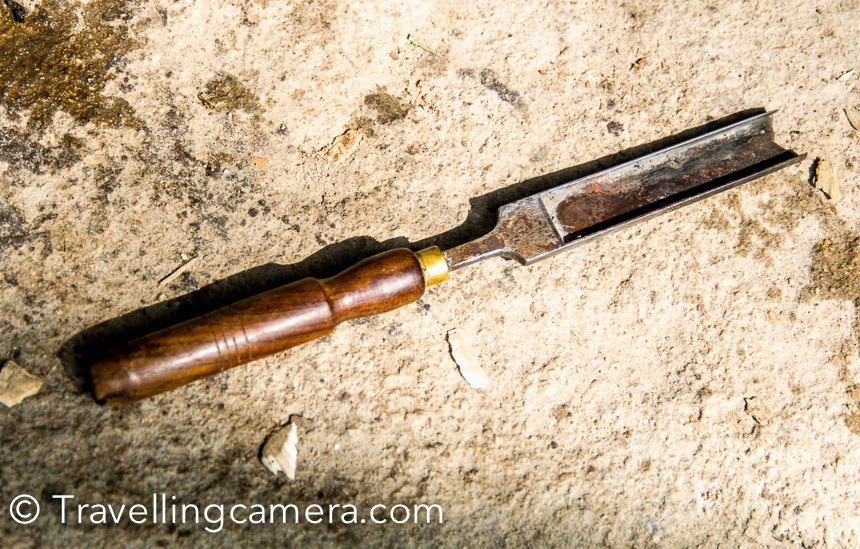


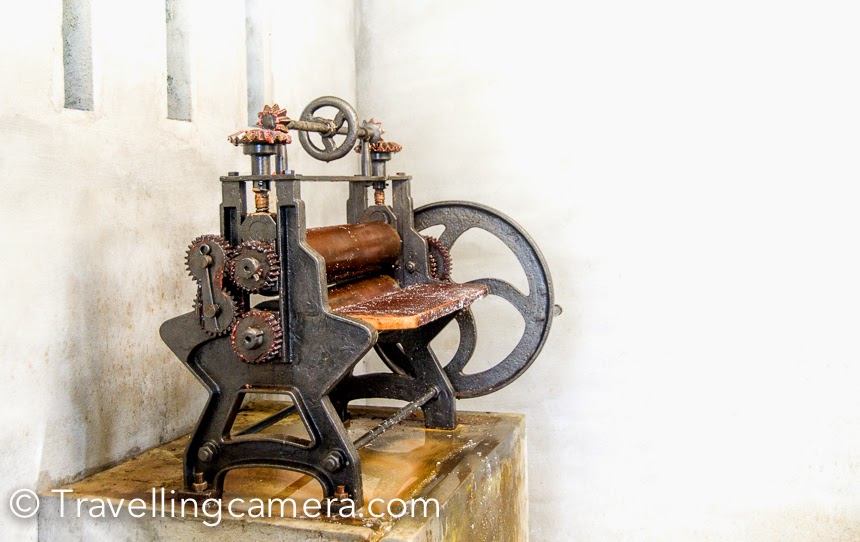



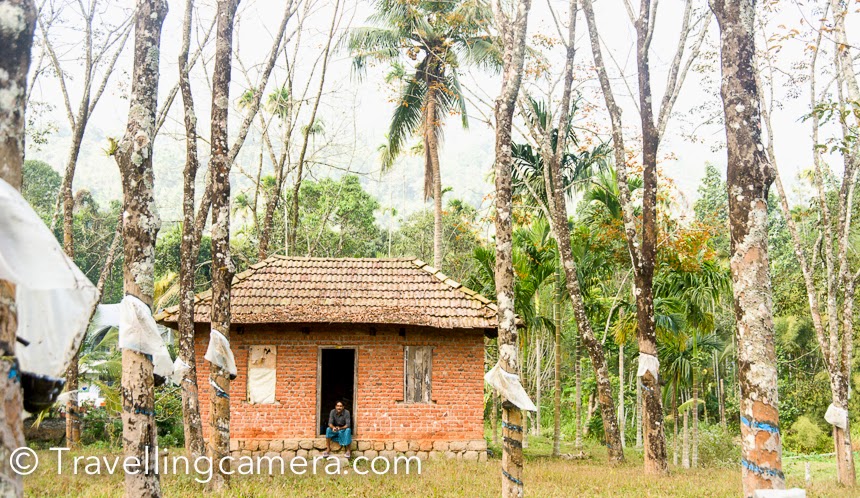



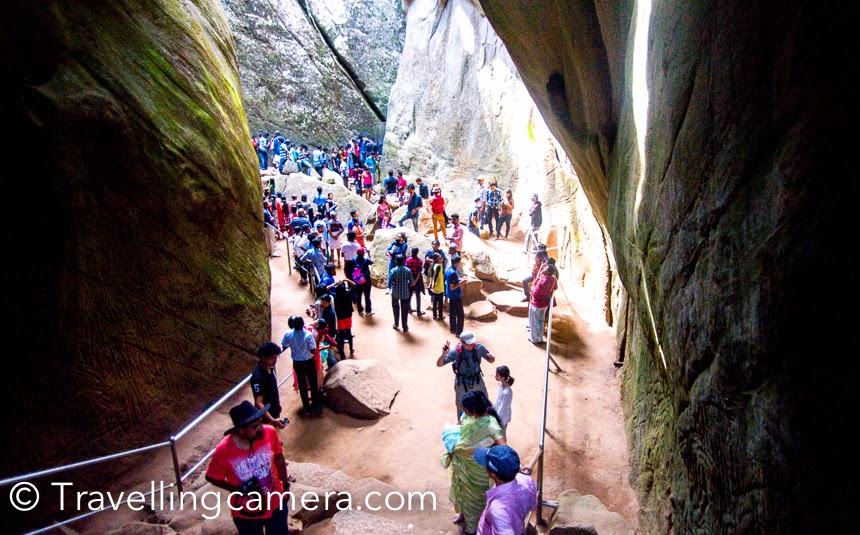





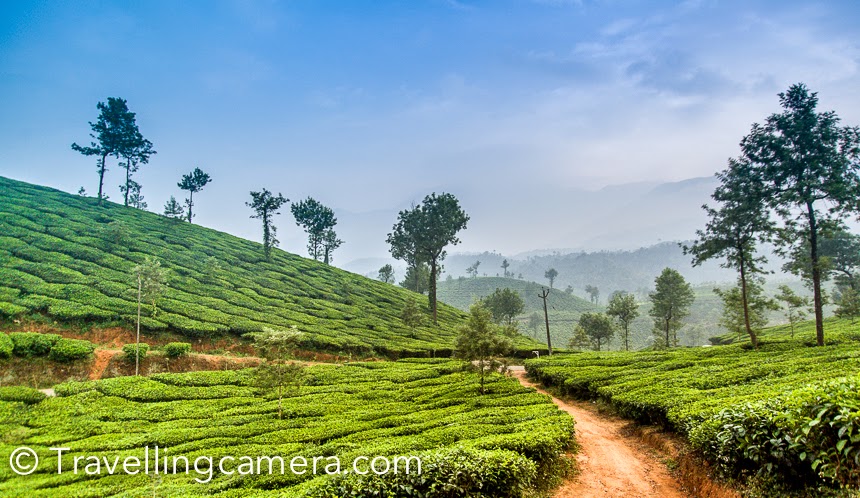



.jpg)
Comments
@Maniparna - Happy to hear that :)
@Ananya - You are welcome :)